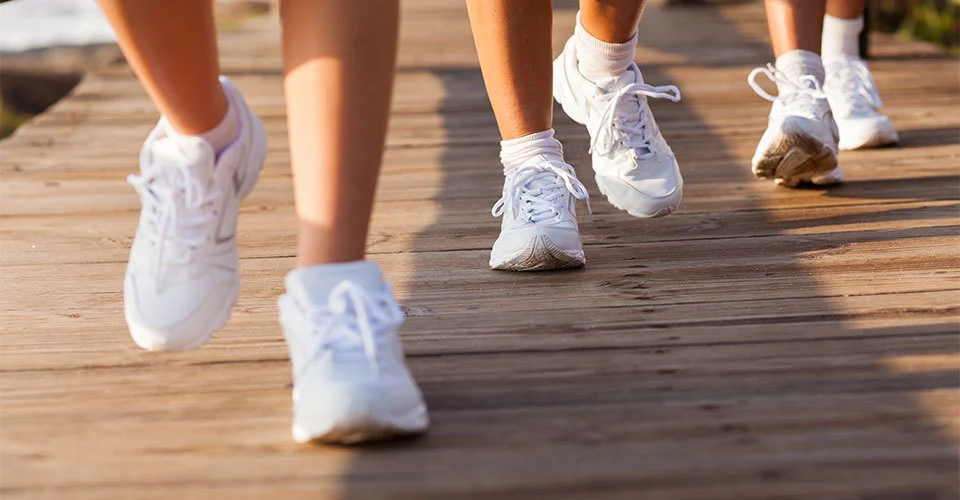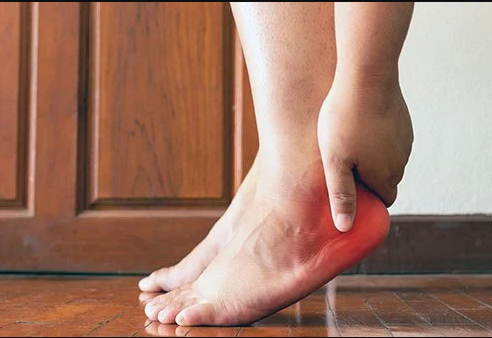Through physical exam your doctor will most likely be able to diagnose your toe. If the toe seems infected, an X-ray would be needed to show how deep the nail has grown into the skin.
An X-ray can also reveal if your ingrown nail was caused by injury.
What are the treatment options for ingrown toenails?
Ingrown toenails that aren’t infected can normally be treated at home. However, if the toenail has pierced the skin, or there is any sign of infection, seek medical treatment.
Surgical Treatment
There are different types of surgical treatments for ingrown toenails. Partial nail removal only involves removing the piece of nail that is digging into the skin. Podiatrist will numb the toe and then narrows the toenail. According to the NHS, partial nail removal is 98 percent effective for preventing future ingrown toenails.
During a partial nail removal, the sides of the nail are cut away so that the edges are completely straight. A piece of cotton is placed under the remaining portion of the nail to keep the ingrown toenail from recurring. Podiatrist may also treat your toe with a compound called phenol, which keeps the nail from growing back.
Total nail removal may be used if the ingrown nail is caused by thickening. Podiatrist will administer a local pain injection and then remove the entire nail in a procedure called a matrixectomy.
To prevent infection, treat ingrown toenails as they occur.
Mild cases may require minor treatment with home remedies. Serious cases may need surgical intervention
Here are 5 common ingrown toenail remedies.
1. Soak in warm soapy water
Soaking the affected foot may help reduce swelling and ease pain. You can soak your foot in warm, soapy water three times a day for up to 20 minutes at a time. Castile soap is a good option. Adding Epsom salts to the water may bring additional relief.
*You may also try apple cider vinegar soak or Epsom salt soak. Remember to dry your foot after soaking.
2. Wear comfortable shoes and socks
Shoes and socks that are too tight can crowd your toes. This is considered to be a leading cause of ingrown toenails. To help prevent an ingrown toenail from developing or worsening, wear shoes and socks or hosiery that fit but still leave ample space in the toe bed. During the healing process, avoid shoes or wear sandals as much as possible to limit pressure on your toenails.
3. Apply antibiotic ointment
Using over-the-counter antibiotic ointment or cream can promote healing and help reduce the risk of infection. Apply the ointment to the affected toenail following the manufacturer’s instructions, usually up to three times daily. These ointments include Neosporin, Polysporin, and Bactroban. Be sure to bandage the toenail after application.
4. Keep the infected area covered with a sterile bandage. or use toe protector.
You should consider wearing toe protectors if your day-to-day activities require you to wear shoes all the time.
Toe protectors provide a soft, protective barrier between your toes and your shoes.
5. Take an over-the-counter pain reliever.
If swelling is present, ibuprofen (Advil) may be a better option because it relieves both pain and swelling. Some common side effects of ibuprofen include abdominal pain, upset stomach, and diarrhea.
Take all over-the-counter pain relievers as directed by the manufacturer or your doctor.
Book now to treat ingrown toenails
WHEN SHOULD I SEE A DOCTOR FOR Ingrown Toenails?
Minor foot problems like ingrown toenails may cause serious complications in some people. See your doctor if you have an ingrown toenail and you have diabetes or another condition that causes poor circulation, or you have a compromised immune system.
You should also see a doctor if:
Pain and swelling are severe.
If you’ve injured your foot on a hike, run, or bike ride, the first question you’ll probably ask is: Do I need to see a doctor?
Home remedies don’t improve the condition.
You have an allergic skin reaction to a home remedy.
You have questions about how to care for an ingrown toenail.
Call the experts!
Suffering from the painful ingrowing of toenails.
Give Pioneer Podiatry a call at (07) 49425016.
Let us help you get back on your feet and back in the game.
Trust your Podiatrist when it comes to preventing, diagnosing, and treating acute or chronic ingrown toenails.
Still suffering from ingrown toenails? Book now for a foot assessment.
TRUST the experts!
If left untreated, an ingrown toenail infection can cause an infection in the bone in your toe. A toenail infection can also lead to foot ulcers, or open sores, and a loss of blood flow to the infected area. Tissue decay and tissue death at the site of infection are possible.
A foot infection can be more serious if you have diabetes. Even a small cut, scrape, or ingrown toenail may quickly become infected due to the lack of blood flow and nerve sensitivity. See your doctor right away if you have diabetes and are concerned about an ingrown toenail infection.
Our Podiatrists are experts at treating ingrowing toenails and specialise in treatment with minimal pain and fuss, so don’t delay in getting your ingrowing toenail fixed!
Trust the experts, Book with us NOW!






